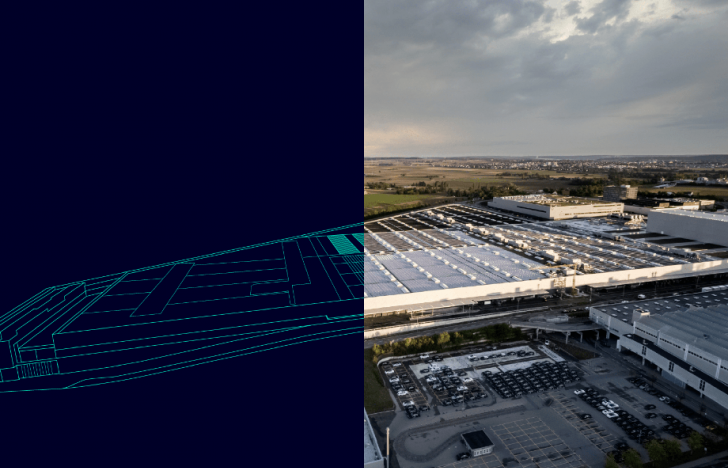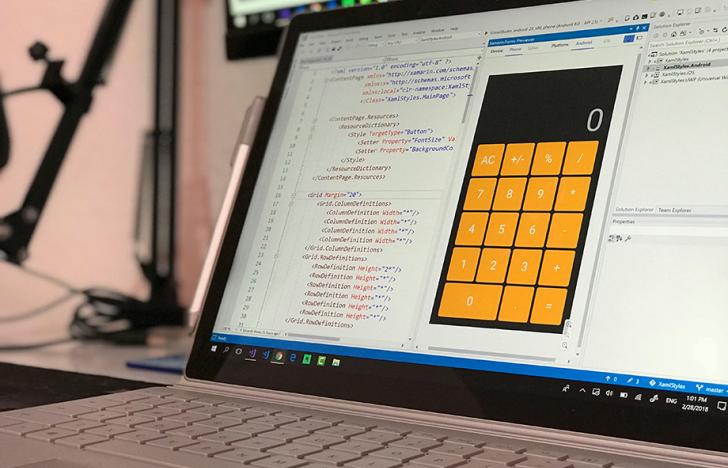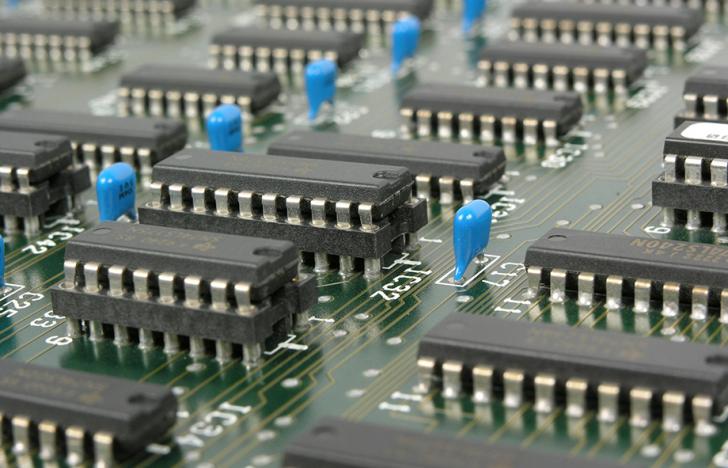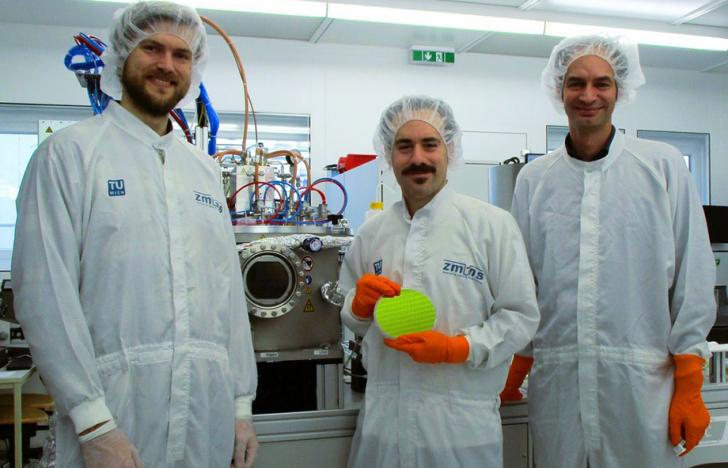Automatisierung und Virtualisierung für 6 Milliarden Transaktionen
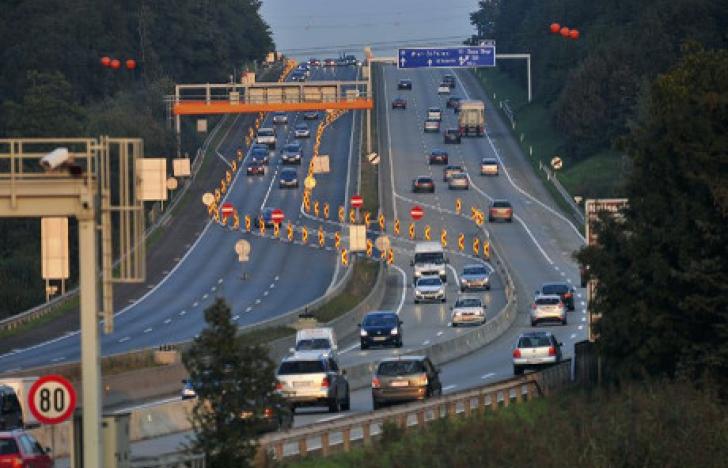 (C)pics.de
(C)pics.de(German/english) 2.200 Autobahnkilometer mit 916 Mautabschnitten und über 6 Milliarden Mauttransaktionen seit 2004. Das „GO-Maut-System“ der östereichischen Asfinag steht für eine vollelektronische Mautberechnung. Ab 2018 ist T-Systems verantwortlich für den Betrieb der IT-Systeme für die Mautverrechnung.
(Christian Czaak) Lkw, Busse und schwere Wohnmobile müssen bei Nutzung österreichischer Autobahnen und Schnellstraßen eine fahrleistungsabhängige Maut entrichten. Das seit 2004 im Einsatz befindliche „GO-Maut-System“ basiert auf Mikrowellentechnologie und erlaubt eine vollelektronische Mautberechnung.
Ab Anfang 2018 ist T-Systems verantwortlich die Mautdaten aufzubereiten und auszuwerten. Der Auftrag umfasst den Betrieb der IT-Systeme für Mautverrechnung und der rund 230 Vertriebsstellen im In- und Ausland. Ziel der Neuausschreibung war laut Asfinag, die Entwicklungen der letzten Jahre im IT-Umfeld in Hinblick auf Automatisierung und Virtualisierung mitzunehmen und sodann den Betrieb des Mautverrechnungssystems zu optimieren.
Benutzerfreundlichkeit und Sicherheit
Als finale Zielsetzung gilt die zuverlässige und qualitativ hohe Einhebung der Maut weiter sicherzustellen, hohe Benutzerfreundlichkeit hinsichtlich Handling und Sicherheit und die Gewährleistung der Möglichkeit der Interoperabilität der Mautsysteme auf europäischer Ebene und dabei die Nutzung eines Mautabbuchungsgerätes in verschiedenen Mautsystemen beim grenzüberschreitenden Verkehr auszu bauen.
Die Übersiedlung selbst soll in rund 15 Monaten ab Zuschlag (August 2016) über die Bühne gehen. In dieser Zeit werden die Rechenzentren und die „GO-Vertriebsstellen“ mit neuer Hardware ausgestattet und das Mautabrechnungssystem unter Einsatz eines hohen Automatisierungsgrades neu aufgebaut. Die bestehende Software der Asfinag wird dabei übernommen. Aufgrund des Einsatzes von Virtualisierung konnten rund 60 Prozent der bisher im Einsatz befindlichen Systeme eingespart werden, aus Asfinag-Sicht eine große Aufgabe bei der Komplexität und Wichtigkeit des Systems.
Modernste Technologien
Beim neuen „GO-Maut 2.0“ genannten System werden zudem zukunftsweisende Virtualisierungs- und Automatisierungstechnologien eingesetzt, damit soll Sicherheit und Qualität erhöht und Kosten gesenkt werden. Durch diese neuen Technologien soll sich die Asfinag flexibel auf zukünftige Änderungen der Anforderungen an das Mautsystem einstellen können und gleichzeitig soll diese IT-Infrastruktur helfen, das System kosteneffizient und sicher zu betreiben.
Auf Grund der Tatsache, dass sämtliche Komponenten, welche T-Systems im Rechenzentrum, aber auch dezentral betreibt und auf Anforderung der Asfinag auch weiterentwickelt, entspricht dies einem Outsourcing-Ansatz. Dabei hat Transparenz und Sicherheit vor allem bei der Abwicklung der Maut höchste Priorität. Die Asfinag IT-Infrastruktur und die Software-Produkte werden zur Sicherstellung der Anforderungen an hochverfügbarer Infrastruktur zentral über zwei gespiegelt redundante Serverräume zur Verfügung gestellt.
Die Anforderungen an die IT-Informationssicherheit oder IT-Sicherheit sowie Verfügbarkeit entsprechen laut Asfinag und T-Systems dem derzeit technisch höchstmöglich machbaren Stand, werden auch entsprechend vertraglich abgesichert und somit kontinuierlich an jeweils neue Gegebenheiten angepasst. Damit soll Sicherheit und Verfügbarkeit auch in Zukunft gewährleistet bleiben.
Schwerpunkt Mobilität
Ein weiterer Schwerpunkt ist die steigende Mobilität, Kunden möchten unterwegs bequem die Services der Asfinag nutzen und dieser Bedarf soll ebenso entsprechend abgedeckt werden. Beispiele dafür sind etwa mobile Informationsmöglichkeiten über Mautumsätze, der Erwerb von Videomaut-Tickets für Sondermautstrecken oder sich direkt über die aktuelle Verkehrslage mittels rund 1.000 Webcams mobil informieren. Technisch werden diese Services über ein eigenes AMM-Team (Application Management and Modernisation) von T-Systems an bestehende Applikationen angepasst und weiterentwickelt.
„Neue technologische Services sind spannend, weil sie Kunden ein noch besseres Angebot bieten und uns die Arbeit noch optimaler und effizienter machen lässt. Die Zukunft liegt auch in der Vernetzung von Daten verschiedener Quellen“, erläutert Klaus Schierhackl, Asfinag-Vorstand. Im nächsten Schritt können etwa auch Infrastruktur-Datenwelten des Straßenbetreibers mit Infos aus Autos und anderer Sensoren kombiniert werden. Das daraus generierte Material bietet neue Wege für den Verkehr der Zukunft wie etwa das autonome Fahren. „Auch hier ist die Asfinag ganz vorne mit dabei wenn es um Testphasen und Weiterentwicklungen geht,“ betont Schierhackl.
------------------------------------------------------------------------------------
Automation and Virtualisation for 6 billion transactions
A motorway and highway network of 2,200 km with 916 toll sections and more than 6 billion toll transactions since 2004. The „GO Toll system“ of the Austrian Asfinag enables a fully electronic toll calculation. From the beginning of 2018, T-Systems will be responsible for the operation of the IT-System for toll charging.
Lorries, buses and large mobile homes have to pay a mileage-dependant toll when using Austrian motorways and highways. The „GO Toll System“ has been in use since 2004 and is based on microwave technology which enables a fully electronic toll calculation.
From the beginning of 2018, T-Systems will be responsible for the processing and evaluation of toll data. The contract comprises the operation of its IT systems for toll charging and arround 230 sales offices in Austria and abroad. The aim of the new tender process was to include the developments of recent years in the IT environment in relation to automation and virtualisation and thus optimise the operation of the toll billing system.
User-friendliness and Security
The finally intention with this new system is to go on ensuring a reliable, high quality collection of tolls, maintaining a high level of user-friendliness regarding handling and safety and developing the interoperability of toll systems at an European level by using of a toll payment device for various toll systems for cross-border traffic.
The transition should be completed in around 15 months from starting (August 2016). During this time, the data centres and the „GO sales offices“ will be equipped with new hardware and the toll billing system will be reconfigured using a high level of automation. The existing Asfinag-Software will be included. The use of virtualisation means that around 60 Percent of the systems currently in use can be maintained, which is a major task for the Asfinag according to the complexity and the importance of the system.
State-of-the-art technologies
In the new “GO toll 2.0” system, future-oriented virtualisation and automation technologies will be utilised to increase safety and quality levels and to reduce costs. The use of these new technologies will enable the Asfinag to adapt in a flexible way to future changes to the toll system’s requirements. At the same time the IT infrastructure should assist in running the system cost-effectively and safely.
Due to the fact that T-Systems operates all the components in its data centre and also decentralised and will further develop them if requested by Asfinag, this corresponds to an outsourcing approach. Transparency and security are of very high importance in the toll process. The Asfinag IT-Structure and the software products are centrally provided by two redundant sites with mirrored servers, to safeguard the demands of a constantly available infrastructure.
The requirements for IT information security and for IT security as well as availability, are in line with the currently available technology and are contractually secured and thus being continuously adapted to new circumstances. This should guarantee safeguard security and availability for the future.
Central focus to mobility
Another main topic is the growth of mobility, customers want to be able to use Asfinag services while on the road and this should be possible in a modern usability also in the future. For example customers can get mobile information about toll rates, buy a video ticket for special toll roads and find out about the actual traffic situation directly from almost 1,000 web cams. As a technical solution T-System's will adapt the existing applications and develop them further with an own AMM-Team (Application Management and Modernisation).
„New technological services are exciting, because they offer customers an even better deal and allow us to work in an optimum and more efficient way. The future is, for example, the networking of data from different sources“, so Klaus Schierhackl, Asfinag Executive Director. In a next Stepp the road operators’ infrastructure data worlds will be combined with information from car sensors and other sensors. The material that is generated offers new possibilities for the traffic of the future, such as autonomous driving. „The Asfinag is also at the forefront here, when it comes to test phases and further developments“, underscores Schierhackl.
